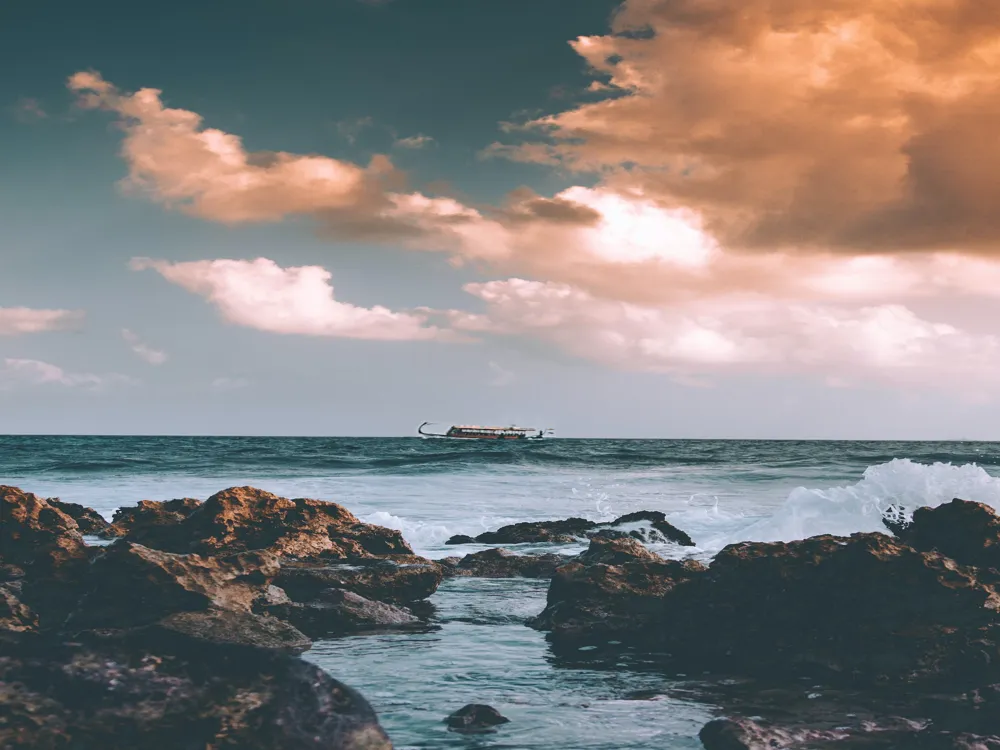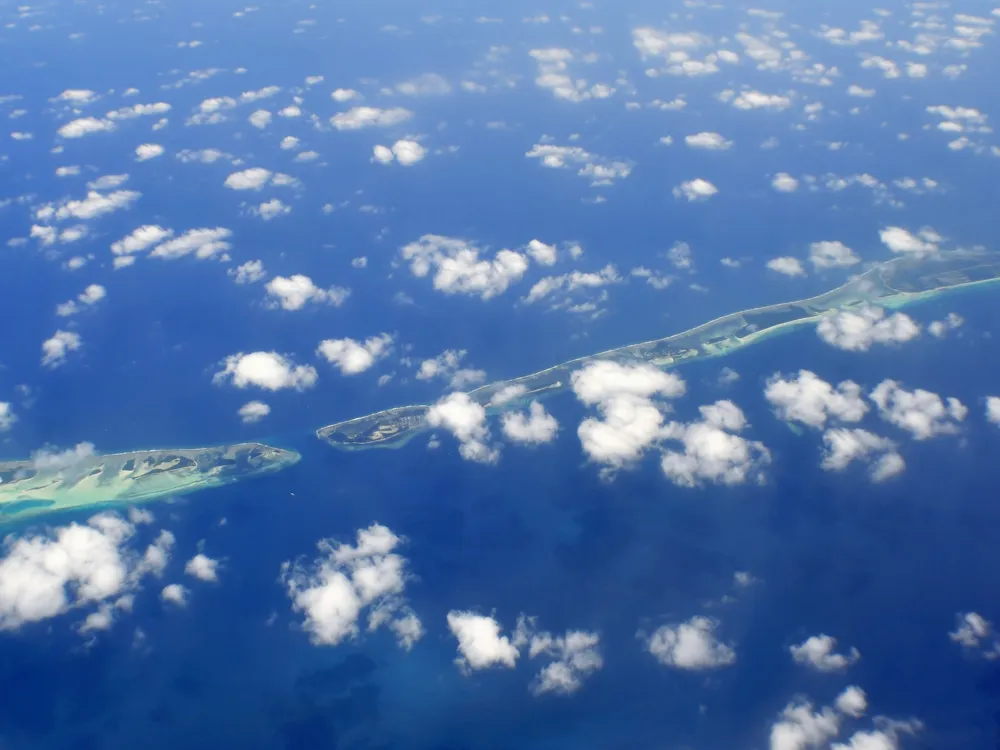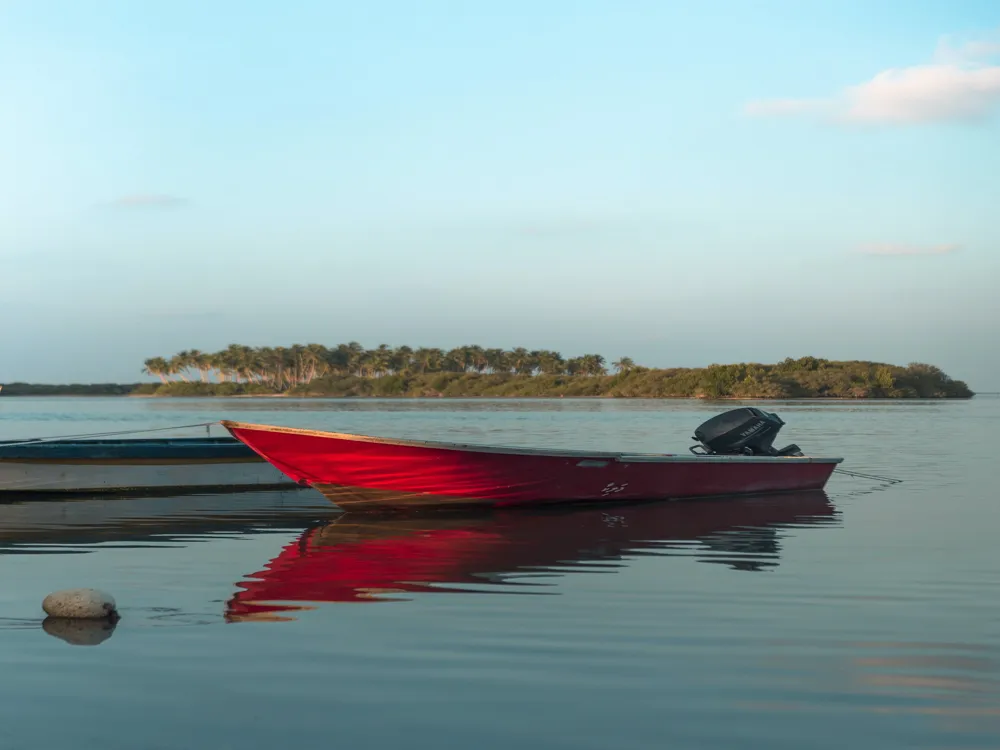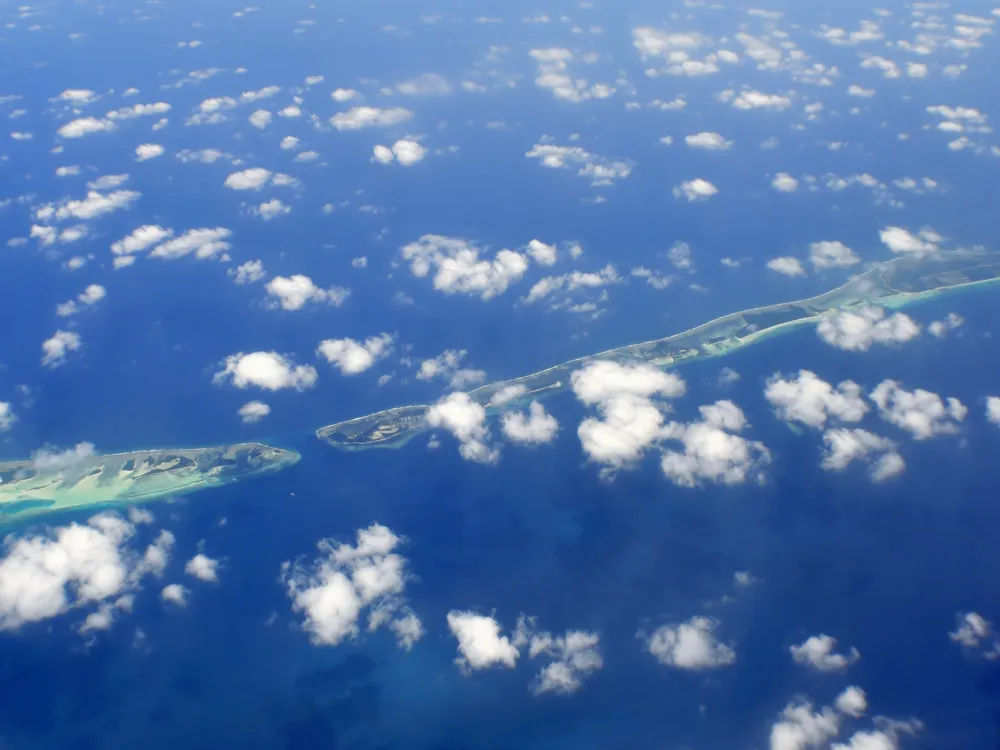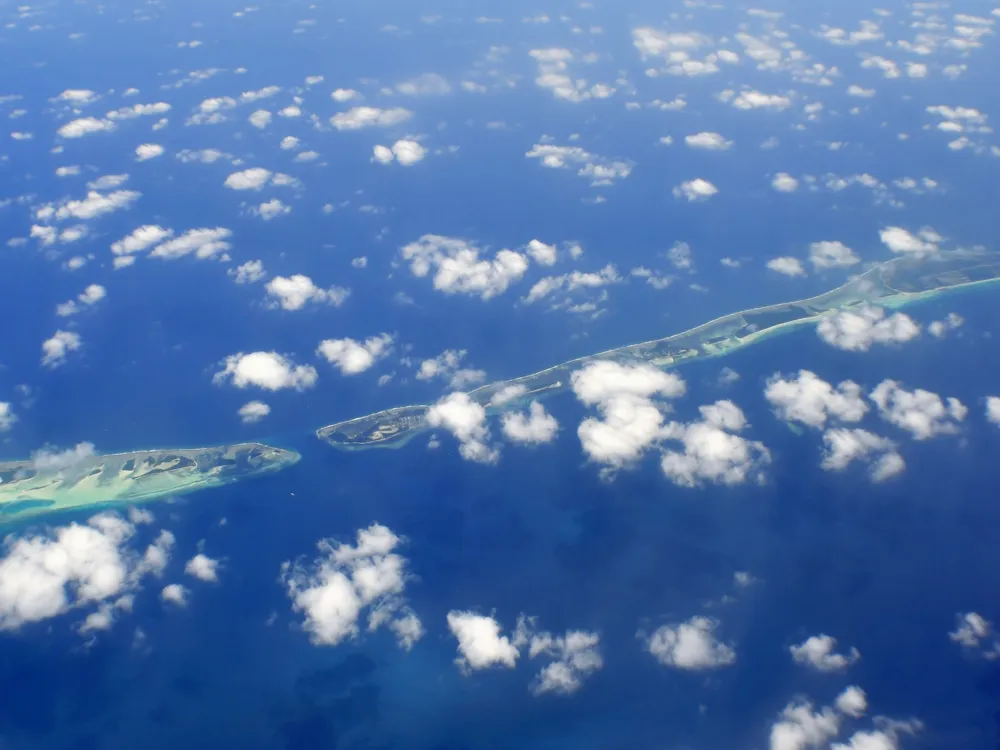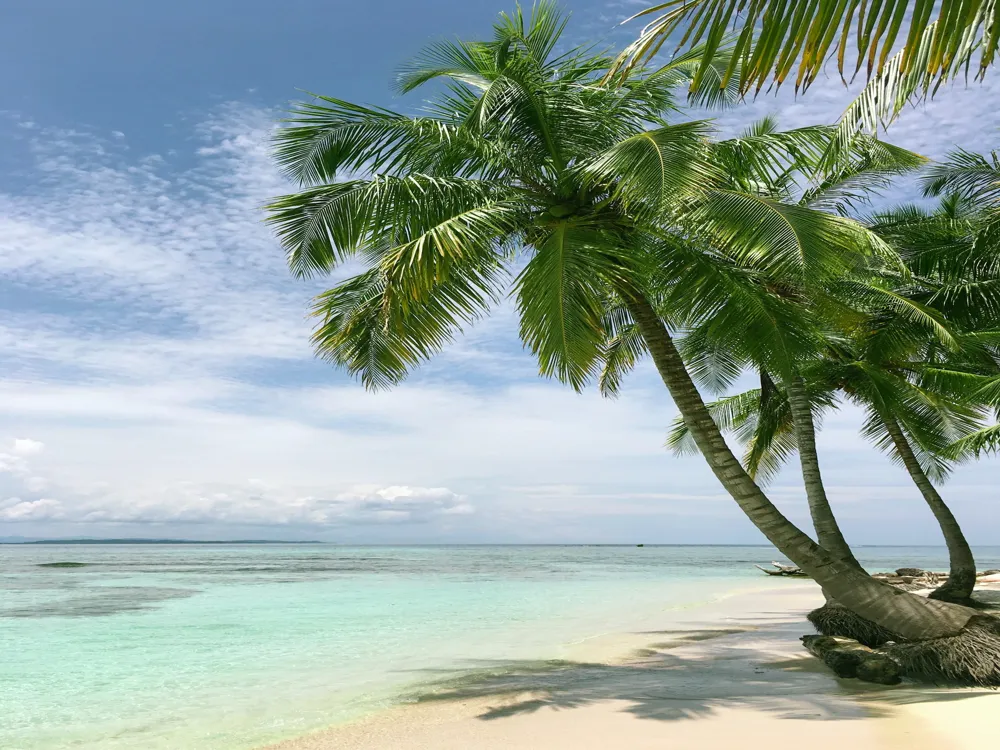Hanifaru Bay, a stunning and unique marine reserve located in the Baa Atoll of the Maldives, is renowned for its extraordinary biodiversity and beauty. This bay is part of the UNESCO World Biosphere Reserve, signifying its global importance for conservation. The bay, often described as a veritable underwater paradise, is most famous for the seasonal gatherings of manta rays and whale sharks, drawing visitors from around the world. The bay spans an area of roughly the size of a football field, but its significance for marine life is monumental. During the southwest monsoon, typically from May to November, plankton blooms in the bay, attracting hundreds of manta rays and several whale sharks, who come to feed in this plankton-rich water. This natural phenomenon creates one of the most spectacular wildlife displays on the planet. The underwater topography of Hanifaru Bay is as fascinating as its wildlife. The bay is shaped like a funnel, leading to a small, shallow lagoon. This unique formation helps concentrate the plankton in the bay, making it an ideal feeding ground for the mantas and whale sharks. The reef surrounding the bay is vibrant, hosting a plethora of marine species, from colorful corals and fish to turtles and dolphins. Apart from its ecological significance, Hanifaru Bay is also a crucial area for scientific research and conservation efforts. Studies conducted here provide invaluable insights into the behavior and migration patterns of manta rays and whale sharks, contributing to global efforts in marine conservation. The bay's management falls under the Maldivian government's regulations, which impose strict guidelines to protect this delicate ecosystem while allowing for sustainable tourism. The popularity of Hanifaru Bay has grown significantly over the years, positioning it as a must-visit destination for eco-tourists and marine enthusiasts. Its global recognition underscores the need for responsible tourism practices to ensure that the beauty and ecological balance of Hanifaru Bay is preserved for future generations. The term 'architecture' in the context of Hanifaru Bay refers to its natural structure and the ecological system it supports. This bay's architecture is a fascinating blend of geological formations and biological diversity, creating a unique marine environment. Hanifaru Bay's geological formation is a result of thousands of years of natural processes. The bay, primarily a coral reef ecosystem, is part of the larger Baa Atoll, which is a collection of coral islands formed on the rims of submerged volcanic islands. The bay itself is a funnel-shaped depression in the reef, leading into a shallow lagoon. This unique topography plays a critical role in concentrating plankton in the bay, especially during the southwest monsoon when the currents and winds favor plankton accumulation. The coral reefs of Hanifaru Bay are an integral part of its architecture. These reefs are formed by the accumulation of coral skeletons, which provide the structural foundation for the bay's ecosystem. The reefs are teeming with life, supporting a wide variety of marine species. The corals themselves are living organisms that play a crucial role in the bay's ecological balance, providing food and shelter for numerous marine creatures. The interaction between the physical structure of the bay and the biological processes occurring within it creates a dynamic and complex ecosystem. The flow of water, the availability of nutrients, and the presence of predators and prey all interact in a delicate balance, making Hanifaru Bay a unique ecological hotspot. The bay's architecture not only supports a diverse range of marine life but also contributes to the overall health of the ocean by acting as a nursery and feeding ground for various species. Understanding the architecture of Hanifaru Bay is crucial for its conservation. The bay's natural structure makes it vulnerable to changes in climate and human activities. Efforts to preserve the bay must take into account its unique geological and ecological characteristics, ensuring that this natural wonder continues to thrive and mesmerize future generations. The ideal time to visit Hanifaru Bay is during the southwest monsoon season, from May to November. This is when the plankton blooms occur, attracting the largest gatherings of manta rays and whale sharks. While snorkeling or diving, it's crucial to maintain a respectful distance from marine life, especially the manta rays and whale sharks. Touching or chasing these creatures can disturb their natural behavior and harm them. Select a tour operator that adheres to eco-friendly practices and respects the bay's conservation guidelines. Responsible operators will ensure that your visit contributes positively to the local ecosystem and community. Familiarize yourself with the local regulations set by the Maldivian government, which include restrictions on the number of visitors in the water at any given time and guidelines on how to behave around marine life. Be environmentally conscious during your visit. Avoid using sunscreens that contain harmful chemicals, and refrain from littering to protect the bay's pristine conditions. Hanifaru Bay, located in the Baa Atoll, can be reached by various means of transportation. The most common way to get there is by flying to Velana International Airport in Malé, the capital of the Maldives. From Malé, visitors can take a domestic flight or a seaplane to Dharavandhoo Airport, which is the closest airport to the Baa Atoll. From Dharavandhoo, it's a short boat ride to Hanifaru Bay. Alternatively, visitors can opt for a direct seaplane transfer from Malé to their resort in the Baa Atoll, and from there, arrange a boat trip to the bay. When planning your trip, consider the travel time and the schedules of domestic flights or seaplanes, as these can vary. Booking in advance is recommended, especially during the peak season. Some resorts in the Baa Atoll offer direct excursions to Hanifaru Bay, which can be a convenient option for staying in the vicinity. Read More:Overview of Hanifaru Bay, Maldives
Architecture of Hanifaru Bay
Tips When Visiting Hanifaru Bay
Best Time to Visit
Responsible Snorkeling and Diving
Choosing a Responsible Tour Operator
Understanding Local Regulations
Environmental Consciousness
How To Reach Hanifaru Bay
Hanifaru Bay
Maldives
₹ 34,250 onwards
View maldives Packages
Maldives Travel Packages
View All Packages For Maldives
Top Hotel Collections for Maldives

Private Pool

Luxury Hotels

5-Star Hotels

Pet Friendly
Top Hotels Near Maldives
Other Top Ranking Places In Maldives
View All Places To Visit In maldives
View maldives Packages
Maldives Travel Packages
View All Packages For Maldives
Top Hotel Collections for Maldives

Private Pool

Luxury Hotels

5-Star Hotels

Pet Friendly







